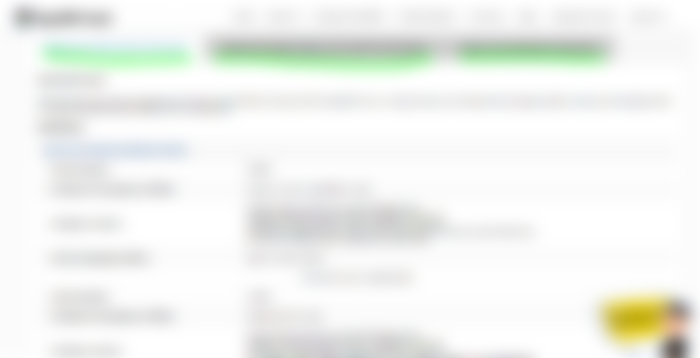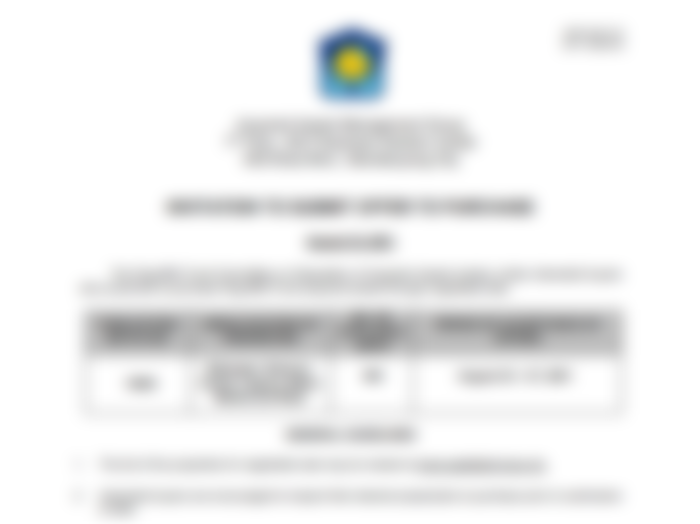Are you planning to buy your own house but you don't know how? Or is it your short budget that stops you? This blog is for you!
After getting overwhelming support in my previous article on how I bought my first property at the age of 27, I made this guide for those who wanted to purchase a foreclosed property from Pag-IBIG. Special shoutout to @Lazysnail!
If you haven't read my story, here's the link: read.cash/@remofm/i-bought-my-own-house-at-27-heres-how-i-did-it-4520544e
Done reading? Let's get this started!
Where To Look For Foreclosed Properties?
First, you have to visit the official website of Pag-IBIG: https://www.pagibigfund.gov.ph/
Then click "Properties for Sale" on the upper right (please see text underlined in green).

After that, you'll land on this page entitled "Properties for Sale (Acquired Assets)" (see photo below).

Scroll through until you see these three options:
Properties Under Negotiated Sale
Properties Under Public Auction (No Discount)
Properties Under Public Auction (With Discount)
Let's differentiate the three.

Properties Under Public Auction (No Discount) - The TCP or Total Contract Price of the property is fixed. No amount will be deducted upon winning the auction.
Properties Under Public Auction (With Discount) - Unlike the previous one, the TCP of properties here are discounted depending on your mode of payment.
For Long Term Payments or those who will pay the property for two to 30 years, you can get a 10% discount.
For Short Term Payments or those who will pay the property for one year only, you can get a 20% discount.
For Cash Payments or those who will pay the property immediately or within 30 days, you can get a 30% discount.
Properties Under Negotiated Sale are properties reposted by Pag-IBIG. They were listed previously but no one bought them or the winning bidder didn't push through with the purchase.
For me, these categories don't matter as long as the property is in my preferred location. In my case, the property that I bought was under Properties Under Public Auction (With Discount) because that's what suits me.
Take note that all properties under Pag-IBIG are for auction. This means you have to submit your bid offer and whoever has the highest offer will get the property. We'll talk about that later.
Are you ok so far? Breathe. Then continue reading.
How to Choose Foreclosed Properties?
You have to click each category to view the available units. Some buyers get it wrong. You have to click each tab to see them. Don't just stay on Properties Under Negotiated Sale.
Under these categories, you will see Pag-IBIG's different regional Business Centers in blue text. These are in Calamba, La Union, Naga, NCR, Pampanga, and Tuguegarao in Luzon, Bacolod and Cebu in the Visayas, and Davao and Zamboanga in Mindanao.
Take note that each location covers different provinces.
For example under NCR, aside from Metro Manila cities, you can also find properties in Batangas, Bulacan, Cavite, Laguna, and Rizal.

For you to view the list of foreclosed properties, you have to tap the "Click to open complete details" button (please see text underlined in green from the photo above). Some locations have two batches of available foreclosed units. Like in this case (see photo above), the NCR BRANCH in Properties Under Negotiated Sale has two batches of properties for sale. You can choose from both.
Upon clicking the "Click to open complete details" button, a PDF file will open (see photo below).

You can see here the guidelines on purchasing a foreclosed property. Kindly read them first to have a better understanding of the bidding process. Or you can skip that if you want to see the list of foreclosed properties.
The list starts on page 5 (see photo below). There are hundreds of them and it is overwhelming to scan them all with their small font size.

To avoid this, you need to think of a preferred location. In my case, I chose Tanza, Cavite.
To easily view properties in Tanza, click CTRL + F and type "Tanza". Using this tool, you can browse the list just by clicking the up and down button. Unfortunately, Pag-IBIG does not include photos of the properties. You have to search for it on your own.
But wait, there are words that are difficult to understand. TCT? Lot Area? Floor Area? What are they?

Hold on. Are you still okay? If you already had too much information, rest for a bit. Then let's continue reading.
Dissecting The Foreclosed Properties List
These are the common terms you'll find in the list. If you're familiar with them, skip this part. If not, read this simple definition of terms.
Item No. - You can use this to easily find your chosen property on the list.
Property Number - It will be encoded in your forms.
Property Location - Address of the property.
TCT/CCT NO. - TCT stands for Transfer Certificate of Title. This is basically the number of the property's title.
Lot Area - The total measurement of the lot including the service area at the back and the carport in front.
Floor Area - The total measurement of the living space, including the first and second floors
Minimum Gross Selling Price - Amount of the property. It is also known as the total contract price.
Appraisal Date - It indicates when the property was acquired and priced by Pag-IBIG.
Remarks - Under this, you will read whether the property is UNOCCUPIED or OCCUPIED (see photo below).

Unoccupied means the property has no existing residents.
Occupied means the property has been trespassed by someone. Usually, they are illegal settlers.
For Title Consolidation - Pag-IBIG is currently working on transferring the title under the agency's possession from the previous owner's name.
Lastly, I decided to put the "Type" of properties at the end because there are too many of them.
The list usually begins with "condominium units". No need to define this because we're all familiar with them. If you scroll down the list, you'll also find the following terms:
I suggest you Google for photos of these types of properties so you can get an idea of how it looks.
Lot only - An empty lot for sale. No structures are built.
Row House - A bungalow offered at a very low price. You share the wall with adjacent houses.
Townhouse - A property with two floors. You share the walls with adjacent houses.
Single-attached - Only one side of the wall is shared with another house.
Single-detached - It is the most pricey among the properties. No walls are shared.
Double-detached/Duplex - Two houses share a wall in a separate lot.
Oops. Rest again for a bit. Close your eyes. Let's continue.
What To Expect
Now that you're familiar with the website, the list, and some jargon in purchasing a foreclosed property in Pag-IBIG, in the second part of this article, I will tell you how to join the bidding and the documentary requirements that you'll need.
The third part, meanwhile, will discuss some pro-tips in winning the bidding and how much I spent to officially get the property.
Stay tuned!
You've got questions so far? Don't hesitate to ask. Leave a comment below. I'll answer them as soon as possible.
What do you think of this article? Would you like me to write it in Tagalog or stay consistent with English?
#property #investment #millennial #investor #pagibig #housing








This is the only part of real estate that I haven't really handled yet. I only sell preselling and ready for occupancy condos or townhouses. Hehe. Yes indeed they are all priced more than the average person can spend on.
What's the status of PAG-IBIG properties? The thing I am not familiar with about foreclosed properties is if they have clean titles or not. The townhouse you bought was brand new so what happened to the previous owners? They couldn't pay it anymore? How did you learn it was brand new?
Ah maybe I will have a look at PAG-IBIG properties too when I have the time. :)